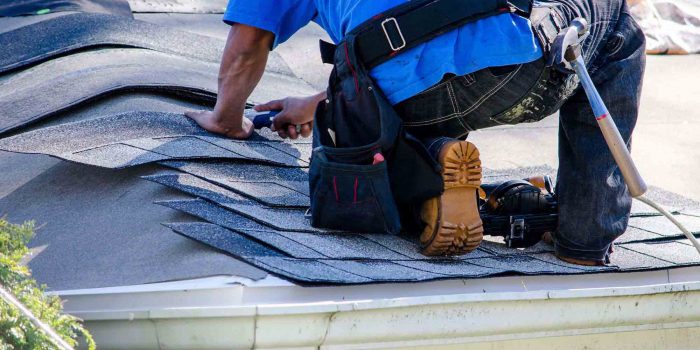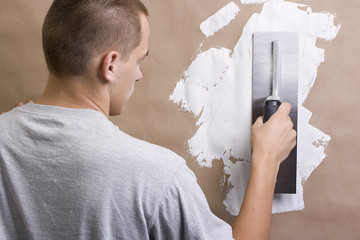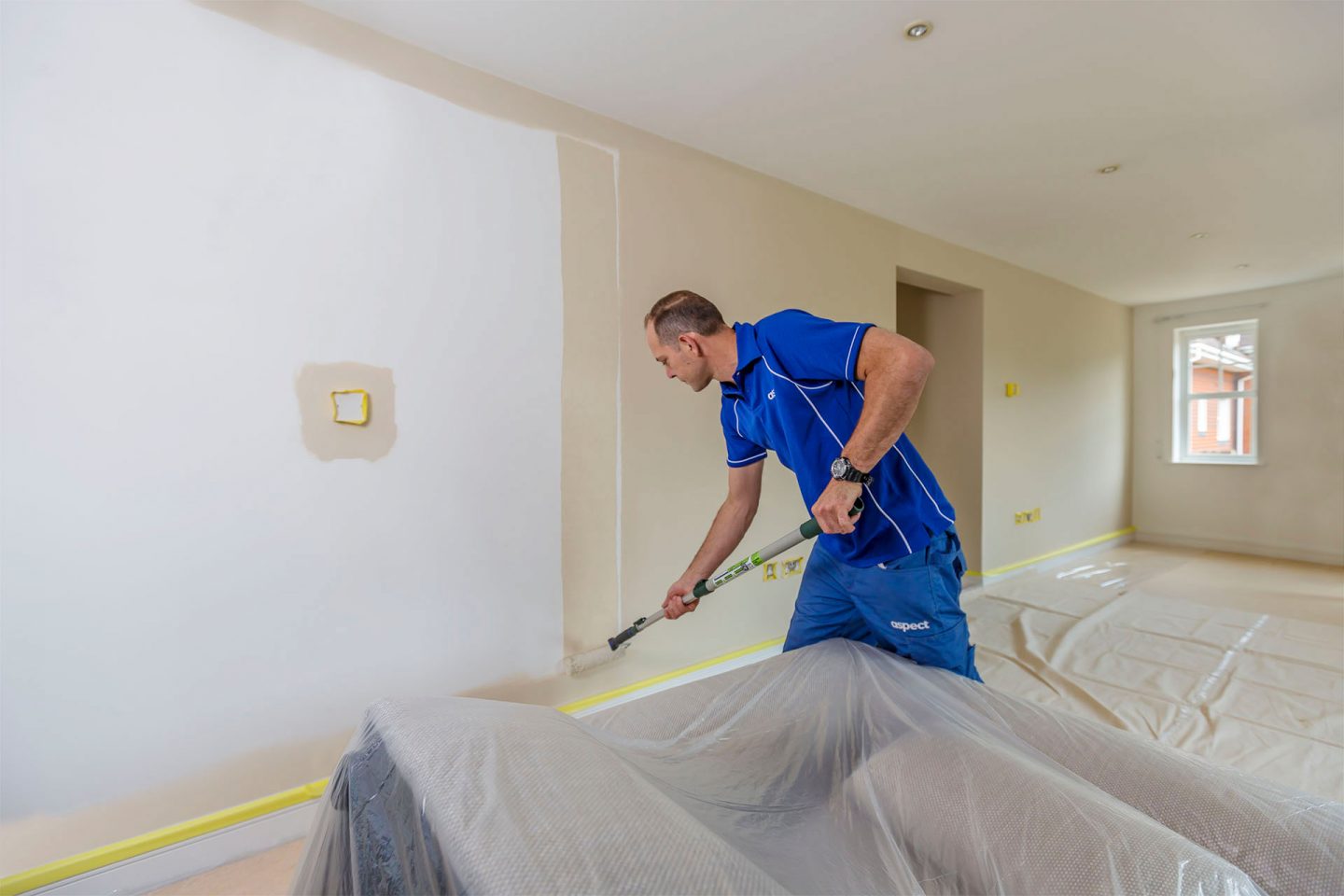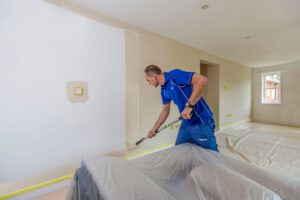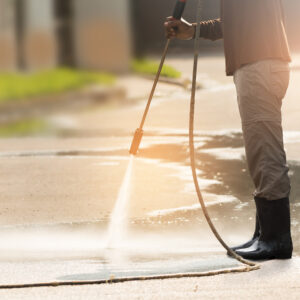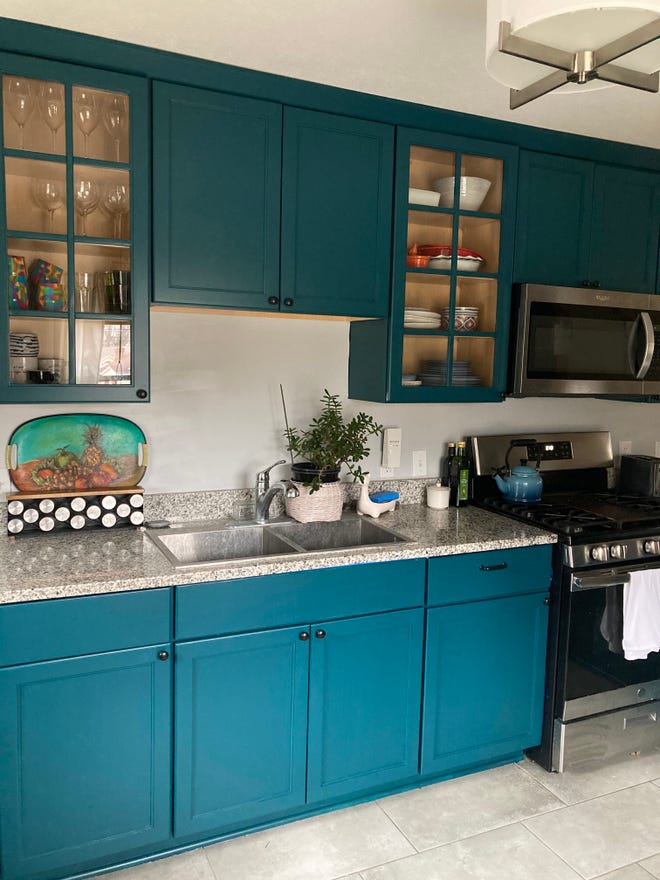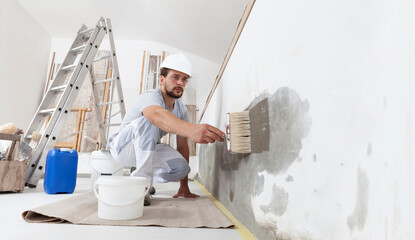A real estate broker works independently to facilitate property sales or operates a brokerage firm with agents. Brokers can be classified as principal brokers, managing brokers, or associate brokers.
Most Real Estate Broker Las Vegas spent several years as agents before becoming a broker. This experience gives them a handle on the market and allows them to supervise their agents.

Licensed Real Estate Agents
Real estate agents, also called Realtors, help clients buy, sell, or rent property such as homes, apartments, commercial buildings, and land. They are trained to negotiate and have in-depth knowledge of local real estate markets. Many states require licensees to pass a state exam and meet ongoing education requirements. Most real estate agents work on commission, which is a percentage of the sale price of the property.
Some states have laws that require licensed real estate professionals to carry Errors and Omissions insurance, which covers the cost of defending legal claims related to their work. Check with your state’s real estate commission to learn about these laws.
A real estate agent’s responsibilities may vary by state but usually include a client consultation and completing real estate transactions. Licensed agents often have an extensive network of professional contacts including title companies, mortgage lenders, contractors, and inspectors. Using these relationships, they can refer clients to these service providers when needed.
Once a licensee becomes experienced in the field, he or she may choose to become a broker. Most states require that a real estate agent have at least two years of experience before applying to become a broker. In addition, the broker must complete 360 hours of coursework and pass a licensing exam.
Some brokers are part of large real estate firms, while others run their own independent offices. In either case, a broker is typically responsible for overseeing the activities of his or her associates. This includes establishing a marketing plan, determining compensation arrangements, and ensuring that all real estate transactions comply with state laws and ethical standards.
A broker’s responsibilities might include developing new business and marketing materials, providing training, negotiating contracts, and handling other administrative tasks such as filing taxes. Some brokers are also involved in the purchase, sale, and leasing of property for investment purposes. They may conduct property tours, appraise properties recommend improvements to improve value, and assist clients in obtaining financing. They might also help resolve problems during the transaction process, such as coordinating home inspections and appraisals or troubleshooting issues related to lending or closing procedures.
Supervising Real Estate Agents
As a licensed real estate broker, you may supervise associate brokers working under your name or in the same office. You also must oversee your salespersons whether they work for you as independent contractors or as employees. This means sitting in on their phone calls with clients, talking to them face to face, and making sure that they are following all the laws for your state. You can rely on your designated broker, an office manager, or even a transaction coordinator to help you carry out your duties to supervise.
A principal real estate broker provides oversight for a brokerage and makes sure that all transactions are lawful and compliant with state and national regulations. This person is the designated broker for the office and signs off on all real estate transactions that are conducted by the firm. A principal broker typically has a managing broker who oversees the day-to-day operations of the brokerage and its agents.
Some real estate brokers decide to operate independently and not supervise agents, but this is rare. If this is your choice, you still need to maintain your license and follow all the laws that apply to your practice.
If you are a real estate broker who operates a large brokerage, you may need to delegate some of your responsibilities to an assistant broker or other management staff. This will allow you to free up time to do more prospecting and marketing for new business.
The most common reason a real estate agent or Realtor receives disciplinary action from the state is because of a failure to comply with the rules and regulations outlined in your license law. Your broker should always be on the lookout for this kind of activity and make a note to take immediate corrective action.
One example of an alleged violation occurs when an agent, working for a broker, conducts several real estate investment transactions with power of attorney. The agent failed to report these activities to the broker and, as a result, the broker was found to have violated the law for failing to supervise.
Listing Real Estate
A real estate broker is responsible for the brokerage of real property and must have a real estate license to do so. Their responsibilities include the listing and marketing of properties, working with clients to find suitable real estate for their needs, and ensuring that paperwork is filed correctly. Additionally, a real estate broker must demonstrate their understanding of local market trends and conditions to help clients make informed decisions about buying and selling properties.
A list broker can work on both residential and commercial real estate. When working with residential real estate, a listing broker may need to stage open houses for potential buyers and attend home inspections as well as negotiate sales agreements with sellers. They will also need to market properties to the public and other real estate agents.
When working with commercial real estate, a listing broker will often work as an intermediary between tenants and landlords. They will need to be knowledgeable about local real estate trends and market conditions, as well as understand the complexities of leasing and negotiating commercial space.
To promote their listings, listing brokers will need to utilize local listing services. This is an online database that provides homebuyers with a wide range of real estate information. An MLS listing includes information about the property, such as price, square footage, and amenities, and allows real estate professionals to view other listings in the area.
A good real estate agent will know how to take professional-grade photographs of their client’s homes, as this is a key component in attracting buyers. They will also be well-versed in how to market a property using various channels, including social media. In addition, a seasoned agent will have a network of professionals they can recommend to their clients to make the process smoother, such as inspectors and stagers.
A real estate broker is typically paid a commission upon closing on a property sale. This amount is typically around 6% of the final sale price and is split between the buyer’s agent, the seller’s agent, and each broker’s real estate company.
Negotiating Real Estate
Real estate brokers are tasked with helping their clients through one of the most important, and sometimes stressful, experiences of their lives: buying or selling a home. This process involves intense negotiating, especially in seller’s markets. Real estate agents should have excellent negotiating skills to ensure that their clients are getting the best deal on their home. This includes negotiating with the sellers to get the most amount of money for the property and negotiating with buyers to help them purchase homes at a reasonable price.
During the negotiation process, a real estate agent needs to be prepared to walk away from a deal if it’s not in their client’s best interests. They should also be able to find creative ways to increase their client’s options during the negotiations. For example, they can recommend that their clients hire professional inspection and appraisal companies to get more information on the condition of the property. This will give them more ammunition to use during the negotiations.
In addition to being a great negotiator, a real estate broker must be able to communicate effectively with all parties involved in the transaction. This includes the sellers, buyers, and other real estate agents. They should listen to their clients’ concerns and goals, and explain the details of the transaction in a clear, concise manner. They should also be able to make their clients feel comfortable and encourage them to ask questions. This is particularly important when negotiating with sellers, as it can be difficult for them to disclose their emotions during the negotiation process.
One way to improve your negotiating skills is by attending seminars or taking courses on the subject. However, the most important factor is practice. The more you do it, the better you will become. In addition, you should always try to negotiate in person if possible, rather than over the phone or through email. This is because it’s more difficult to convey body language and tone through these methods.
When negotiating, remember that both parties ultimately want the same thing: the sale to close. For instance, a seller may be willing to negotiate on their commission rate if they know that their home will likely sell quickly. This is because they can earn more money if the sale happens faster.



